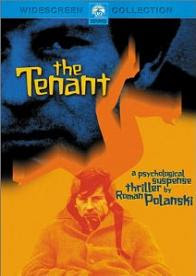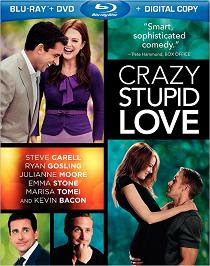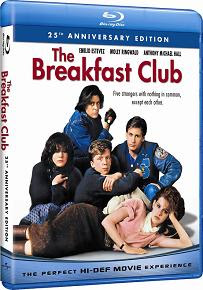
Steven Spielberg's commitment to Tintin probably raised an eyebrow or two. Apparently, he was acquainted with the original comic books by Hergé and became a fan sometime in the early 1980s after some critic compared Raiders of the Lost Ark to Tintin. And he held the rights for a movie adaptation for almost thirty years. The Adventures of Tintin is Spielberg's first animated movie. Interestingly, it is not done be his former company Dreamworks, instead it is made by Weta Digital. The project is in a lot of ways collaboration with Peter Jackson who is also a fan of the original series. On this movie Jackson is credited as a producer, but he will direct the sequel. A third movie co-directed by both Spielberg and Jackson is a possibility.
After seeing the finished product the comparisons with the Indiana Jones movies are easy to justify. The Adventures of Tintin is an old school adventure and, when it works, it is spectacular and channels the spirit of Indy Jones. But Tintin does not quite have the soul of it all the time. One can probably blame the technicalities of CGI for that. The characters are simple, often stereotypical and one-dimensional (much like in an Indy film), and that's a good thing in this case. The movie keeps a fast pace, blending adventure and action but has a tendency to prolong the action parts a little too much. And somewhat absurdly, the end felt both too fast and overstretched at the same time.
All imagery is rendered with realistic materials but, unlike Robert Zemeckis's efforts in this field, uncanny valley is avoided through character stylization which more or less follows the original designs of Herge. Colors and lighting are beautiful. Longtime Spielberg's director of photography Janusz Kaminski served as a lighting consultant on the project, very much like Roger Deakins did on How to Train Your Dragon and Rango, and the film-like quality of the lighting is readily apparent. The actual movement animations leave place for improvement, though. And character stylization in The Adventures of Tintin is too much on the Dreamworks side here and there (which is not a good thing for those who wonder).
The camerawork is vigorous. Apparently Spielberg did a lot of it himself. It seems like he got a new toy - the virtual camera - got swept by its freedom and could not stop playing with it. Sometimes this leads to breathtaking shots but the result is not always positive. The camera is often unrestrained and distracting. This, coupled with the occasional show-off on the rendering side, almost breaks the immersion at times.
The above may sound rather critical, but The Adventures of Tintin is actually a pretty good movie. It is probably the best animated film this year so far, together with Rango. It is good entertainment and has that cozy oldschool Spielberg feeling to it (well, most of the time, at least). Kids will undoubtedly love it. And on top of that, it features some crisp, competent and unobtrusive stereo 3D, as expected from a rendered movie.










